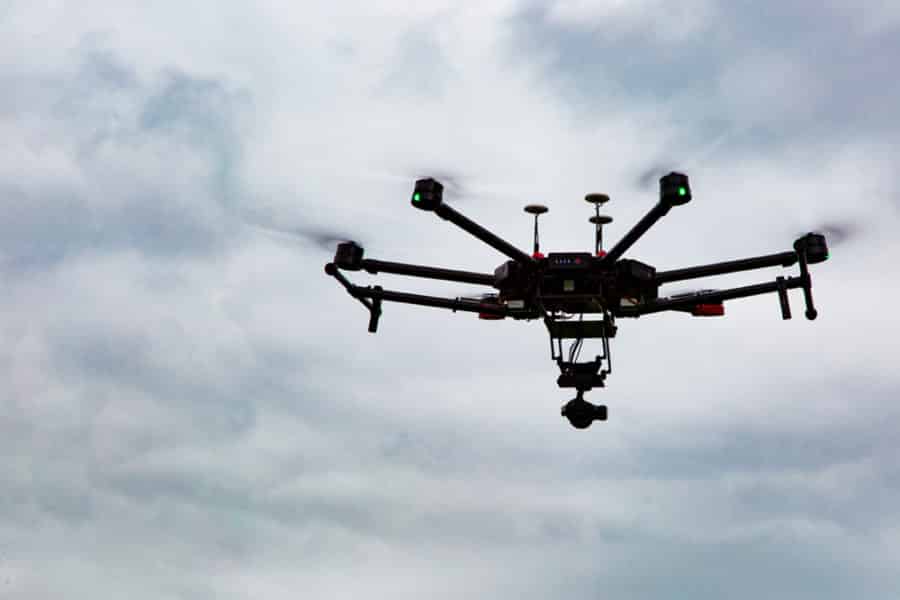
£1 Billion Savings Possible Through Urban UAV Deployment
NESTA, the UK based innovation foundation, works in areas where there are big challenges and they look to bring new ideas to life in a way that meets these challenges.
One of the sectors that they have turned their collective mind to is that of drones and how they can offer benefit to the UK and in their recent report ‘Flying High: Seizing the Opportunity’, they theorise that UAVs have the potential to save the public sector £1 billion. This latest report forms part of their Flying High Challenge – an ongoing project to position the UK as a global drone technology leader.

Public Service Financial Benefits
They estimate that the next fifteen years could see urban drone usage in the public service sector increasing GDP by £6.9 billion. This benefit arises from two areas: improved productivity and reduced costs. They quote examples such as UAV transportation of medical supplies, blood and lab samples as being one area where health care services can improve time-saving and cost-effectiveness with the overall effect being an improvement in service quality.
They also look at potential UAS use for the Emergency Services. Drones could be deployed to road network incidents to provide real-time information to support first-responders prior to arrival and emergency services as they plan and execute their responsibilities.
GDP Regional Variations
There is recognition in the report of the variation of potential drone impact on GDP by region. London and the West Midlands are forecast to be the areas that could see the most financial benefit through right-sized urban drone deployment solutions.
A Road Map
After their extensive and detailed analysis, NESTA lays out a road map to ensure that their goals can be realised. The steps along the way include raising awareness of the potential opportunities for economic and social benefits including engaging with the public. They also recommend incentivising technology and service developers as well as public service providers to leverage drone power in their areas. Infrastructure investment for the future is also seen as key alongside working with the CAA and Department of Transport to create a supportive regulatory framework.
Expert Infrared Inspections for Accurate Thermal Assessments
Need professional thermographic analysis for your project? Our certified experts use the latest infrared technology to deliver precise results. Contact Drone Media Imaging today for expert thermal imaging services.
related posts
Mauris molestie pulvinar elit, sit amet tempus neque vitae uris aliquam volutpat erat at suscipit. Curabitur at lorem id mauris ullamcorper fusce.
Capture the magic of BBC Children in Need 2023 with stunning drone aerial views! Our expert team will skillfully navigate the skies, providing breathtaking footage that showcases the incredible work being done. From heartwarming stories to unforgettable moments, our drone shots will elevate your content and help raise awareness for this important cause.









